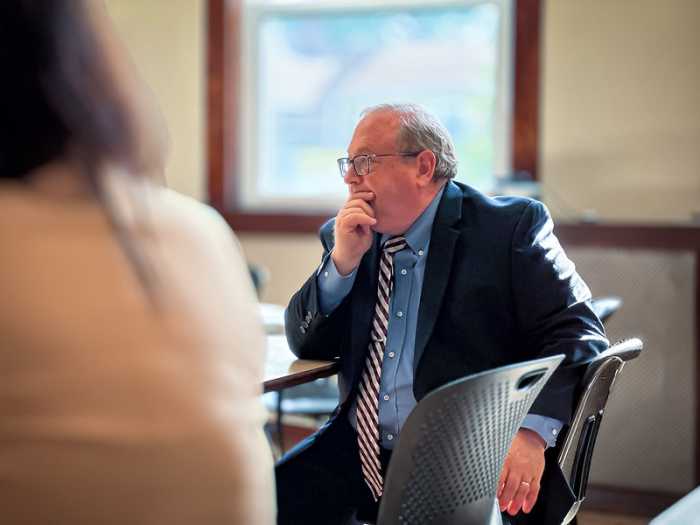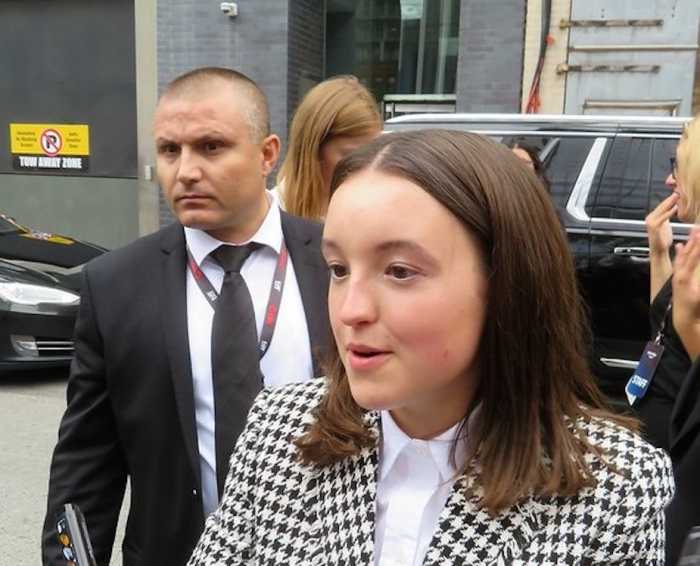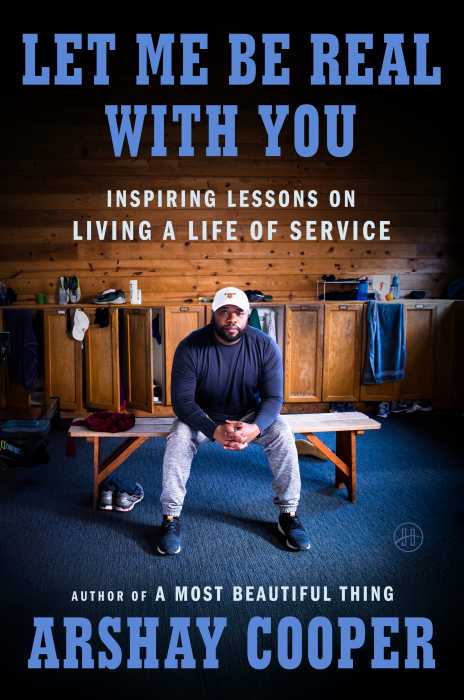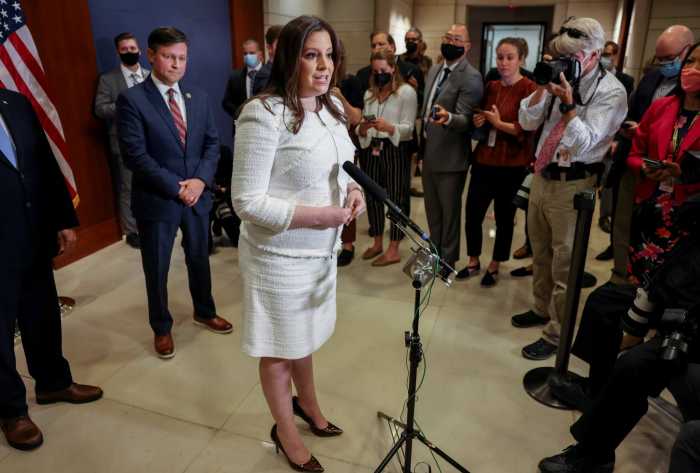Will they or won’t they commit? Vampire Nandor (Kayvan Novak) and his human familiar Guillermo (Harvey Guillén) have been playing out their semi-requited love for five seasons of “What We Do in the Shadows.” (It’s adapted from Taika Waititi and Jermaine Clement’s 2014 film.) On Nandor’s part, the relationship is basically transactional, even cruel, yet Guillermo dreams of becoming a full member of a house of vampires in Staten Island alongside Laszlo (Matt Berry) and his partner Nadja (Natasia Demetriou), Colin Robinson (Mark Proksch), and Nandor. This tension has been its main dramatic thread. If we got a definite answer, the show would come to a finale. Now that its sixth and final season has begun, the story may finally settle down.
The mythology of the vampire has always had queer undertones. Many of the writers and filmmakers who developed it, like “Dracula” author Bram Stoker and “Nosferatu” director F. W. Murnau, were gay men. Tales of lesbian vampires abound in fiction (Sheridan Le Fanu’s short story “Carmilla,” which predates “Dracula”) and movies (“The Hunger,” “Blood and Roses,” “The Vampire Lovers”), although they’ve largely been created by voyeuristic heterosexual men. Pushing the subtext of Anne Rice’s novels further, the TV series “Interview with the Vampire” portrays a queer Black man who became a vampire in 1910 New Orleans. Reclaiming monstrosity can be a potent political act.
Although Nandor and Laszlo never put a label on their sexuality, they’re attracted to men and women. Laszlo is portrayed as a horndog with a vast collection of vintage porn collected through the years, while Nandor describes his harem of “wives” in medieval Persia, casually mentioning that some were male. Guillermo becomes his willing servant both out of attraction and a desire to become a vampire. Their bond carries an undercurrent of BDSM. Unlike most corporate media about queer characters, “What We Do in the Shadows” is casually irreverent rather than self-congratulatory.
Set on Staten Island, “What We Do in the Shadows” combines DNA from classic sitcoms, ranging from “The Addams Family” to “Seinfeld” and “The Office.” It uses the conceit of a documentary crew constantly filming the vampires, who speak directly to the camera. As blithely destructive as the vampires’ behavior gets, especially towards humans, it’s played for laughs. In this season, Laszlo annoys his roommates by filling the house with bags of dismembered body parts.
The show’s violence is played with gleeful cheer; instead, its darker aspects come from the tension between Nandor and Guillermo. When Guillermo gets hired by a Wall Street company during this season’s second episode, “Headhunting,” Nandor and Nadja also get jobs there so they can observe him. They use their powers of manipulation to smooth his way up the corporate ladder. In short, they act like stalkers. Guillermo’s desire for Nandor includes a submissive streak that leads him to accept toxic behavior, while Nandor’s mean streak shows cracks.
One of these characters’ delightful attributes is their unawareness of how ridiculous they come across. Nandor and Laszlo still dress as they did centuries ago. On the street, their odder behavior and costumes just come across as New York eccentricity. The show is full of moments of strange, deadpan humor, like the awkward dancing to Latin jazz that plays over the closing credits to “Headhunting.” Energy vampire Colin Robinson (who is always referred to by his full name) is its secret weapon, embracing an arrogant nerdiness and feeding himself on the life he drains away by enforcing bureaucratic boredom on everyone around him. The show’s driest wit comes out with him, as in a scene where he hums along to a white noise machine and declares “this is my favorite song.”
The tone of “What We Do in the Shadows” is generally jovial, yet underneath it all, it’s a tale of love between two men who are unequal socially and don’t see eye to eye. In season five, Guillermo achieved his dream of being transformed into a vampire, but this was quickly undone. Since FX Networks/Hulu only shared the first three episodes of season six with the press in advance, I don’t know exactly where the series’ finale might be headed. “Headhunting” cross-cuts between two storylines, while the third episode, “Sleep Hypnosis,” brings out the tensions within the house as the vampires spar over possession of a small room. It sports some of the season’s best gags, particularly Nandor getting hypnotized into reciting Nixon’s “Checkers” speech. One thing remains true: The vampires are an incredibly dysfunctional chosen family, but one with enough affection to stick together for centuries.
“What We Do in the Shadows” | Season 6 begins airing on FX Oct. 21st, streams on Hulu the following day


































